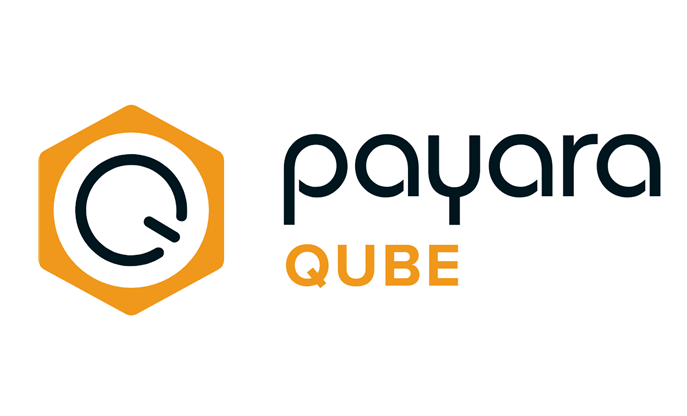 3 minutes
3 minutes
End-of-Life Technology: How to Drive Innovation Without Compromising Stability
When legacy systems approach end-of-life (EOL), enterprise IT teams typically face the choice of moving forward at all costs […]

Payara Cloud is becoming part of Payara Qube family of Java application deployment runtimes. This move reflects how the two solutions have grown and expanded to address the same enterprise needs, such as quick, simplified deployment and compatibility with the different enterprise Java frameworks that are part of most companies’ tech stacks.
While nothing will change from a technical perspective for our users, let’s see what you’ll see changing over the next weeks as well as how to deploy your first application in minutes with Payara Qube.
We’re bringing Payara Cloud under the Payara Qube name to form one unified product family. From now on:
This change reflects how both platforms have evolved to meet the same goal: simplifying how you deploy and manage enterprise Java applications. You’ll still get everything you love, such as smooth deployments, automatic scaling and deep visibility. Both options simplify deployment by automating infrastructure provisioning. No manual server management, no container wrangling, no Kubernetes cluster headaches.
The name. That’s it.
Your access, features and capabilities remain identical. If you’re using Payara Cloud today, you’ll see the new Payara Qube (Managed) branding roll out over the coming weeks.
Everything else:
Recently, when customers asked us about the difference between Payara Cloud and Payara Qube, the answer was always about where it runs, not what it does. Both platforms solve the same problem: getting your Java applications deployed without drowning in infrastructure complexity.
The new naming makes that clear. Pick Managed if you want us to handle operations. Pick Self-Hosted if you need full infrastructure control. Either way, you get automated deployments, built-in monitoring, and time back in your day.
New to Payara Qube (Managed)? Get started today through the following steps:
You can create a new enterprise Java application using your preferred tools. As the latest version of Payara Qube (both Managed and Self-Hosted) supports Jakarta EE, Spring and Quarkus frameworks, you can use a broader variety of tools, such as Payara Starter, Spring Initializr, or any standard project setup that produces a .war/.jar file.
Already have an enterprise Java project? Package it and get ready to deploy directly.
No application yet? If you prefer to use an existing application but don’ have one, feel free to use this sample application based on Jakarta EE to explore Payara Qube Managed.
Head to Payara Qube Managed console and log in with your account. If you used Payara Cloud before, your credentials and setup still work.
You need to add your application to your Payara Qube Managed space. Here’s how to do it:
After uploading, you’ll be taken to the application management page. In the Top bar, the application status will display as “Pending” and the “Application URL” will show “Not yet available” since the application hasn’t been deployed yet.
Now, it’s time to deploy your application. Deployment on Payara Qube Managed is fast and fully automated, meaning there is no need to handle servers or containers manually. Once you upload your build, the platform handles the rest for you.
Payara Cloud will begin deploying your application. Within moments, your app will be live. Once the deployment is completed, the page will reload, showing show the application URL and runtime size. Also, the top bar will update to display the Status as “Running” in green.
That’s it! No time-consuming Kubernetes cluster setup and configuration! You can now monitor your application and/or move on to other development tasks!
Our goal is to help you simplify, making the deployment of Java applications effortless. If you’ve tried Payara Cloud in the past, now’s the perfect time to return, check the updated experience and see what’s new in Payara Qube Managed.

Payara Qube empowers enterprises to modernize, deploy, and manage Java applications across any cloud—without Kubernetes complexity or vendor lock-in. It’s designed for teams who want the scalability, resilience, and automation of a Kubernetes platform with the simplicity and performance of a fully managed runtime.
Explore Payara QubeShare:
 3 minutes
3 minutes
When legacy systems approach end-of-life (EOL), enterprise IT teams typically face the choice of moving forward at all costs […]
 3 minutes
3 minutes
Working with enterprise Java databases can sometimes feel like swimming upstream. Jakarta EE 11’s Jakarta Data helps developers glide […]
 4 minutes
4 minutes
With the November 2025 release, Payara community reached an important milestone. Payara Platform Community 6 received its final update […]